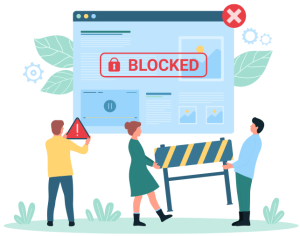As Rancho Santa Margarita Police Services’ Child Safety Deputy, I teach an Internet Safety class to the middle and high school students in Rancho Santa Margarita. I start all of my classes in the same...
You're almost there...
Register or Login to your account to view requested content.

Joining the Cyber Safety Plus Membership has many benefits including:
- Exclusive Articles and Practical Advice
- Extensive Online Training Library
- Monthly Live Zoom Meetings
- Supportive Parent Community
- And More!



